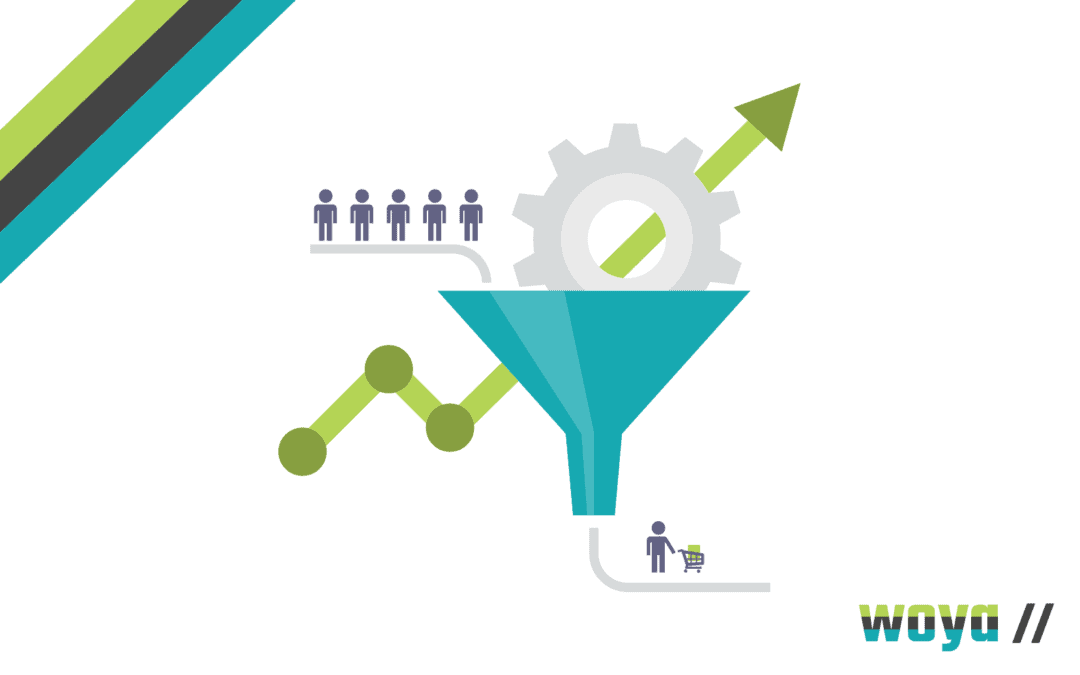
The Importance of Business Content Marketing
Content marketing is increasingly acknowledged as a vital component of an overall marketing strategy in creating and furthering brand awareness to attract customers both online and off.
Content marketing is particularly important for growth and visibility in ever-crowding markets and looking up any successful brand online today, you’ll undoubtedly find a whole host of multi-model content spanning various platforms.
What is Content Marketing?
Content marketing is the creation of relevant, useful and educational content for a business’ target audience, consistent with its overall branding and positioning. Content should ideally be multi-modal to span different content consumption habits and preferences as well as to enhance SEO ranking and may include: blogs, e-books, audio files, videos, images, infographics, white papers or full content libraries that customers (potential and existing) will find useful.
Content marketing is often primarily pushed out to market online but may also involve offline communications; dependent on the audience and their preferences. For this reason, content marketing often forms part of a wider digital marketing strategy.
Why is Business Content Marketing important?
Content marketing has numerous benefits for businesses of all types and sizes and continues to prove itself as valuable for marketers across all industries.
As an activity, content marketing focuses directly on improving engagement between customers (or potential customers) and a business; in the long term aiming to increase sales, nurture customer loyalty and to encourage repeat custom. This engagement comes through the interaction customers have with the content being created and published; be that reading it, listening to it, viewing it, watching it or even better, sharing it onwards with others. If the content is pitched and created appropriately, the target audience will consider it to be of value to them and so will interact with it.
Content marketing can help position a brand as a thought leader or industry expert. In creating and providing educational and informative content, even if it is not of a specialist or especially technical nature, businesses are able to cement a reputation as one that can be approached for knowledge or guidance in their field, and that they can be trusted. It is this tangibly useful and valuable content that creates a connection with consumers and dependence on the business that promotes loyalty.
Great content produced and published online may be shared widely; furthering a brands exposure to an ever-growing audience. This furthers organic digital reach and increases the amount of people exposed to the business’ branding.
Content marketing also has positive benefits for SEO (Search Engine Optimisation) purposes. Google and other search engines use algorithms to read through digital content to reinforce a website’s theme, location, relevance and authenticity; promoting its chances of higher ranking on SERPs (Search Engine Results Pages). In addition, with the latest update to Google’s algorithm, the Multitask Uniform Model, all types of content can be understood by the programming and so a variety of media used will only seek to enhance organic search performance.
It is clear that content marketing provides fantastic value not just to the business’ target audience online but also to the business’ bottom line. It is estimated that content marketing as an activity costs up to 62% less than traditional marketing but delivers three times the leads.
What Type of content should form a Content Marketing Strategy?
For many years, content marketing has simply involved the writing and publication of blogs on a website but with devices improving in function, mobile network speeds improving in capacity and speed, and attitudes toward content types changing, it now involves much more.
We are seeing a shift in short form written content to long form with articles of 1,000 words and more becoming more prevalent; and being read more as users recognise the value in investing the time to consume them. In conjunction with this, studies prove that consumers are more likely to engage with content that includes data and analysis as they respect the specific detail included.
Google’s latest algorithm update will, for the first time, analyse and understand multi-modal media types and so will favour the ranking of a brand with a variety of content available. This reinforces the importance of businesses offering their content in different modes; appealing to and being accessible for as many people as possible.
Strategising Your Business Content Marketing
Many businesses create and push out blogs on themes related to their brand niche ad hoc, whenever they’re able to but with no rhyme or reason in their topic or placement. This makes the success of such content largely down to luck.
Taking the time to lay out a proper content marketing strategy allows for the production of strong, long-lasting assets that serve the brand long-term. This involves the planning of content spanning different types, topics and platforms to carefully curate helpful and valuable resources for consumers.
How to put together a Content Marketing strategy
A business looking to compile a comprehensive and effective content marketing strategy must first define their mission and goals, outline their target audience and understand what they wish to achieve with the content they produce. Content can then be planned on a tailored basis to cater for specific personas; giving them the information they need in a form they’ll understand and enjoy on a platform they use.
A timeline should be created to map out the planning, creation, management and publication of content across all channels with a joined-up approach for consistent (and therefore recognisable) branding. Finally, the results of content marketing should be measurable so that the business is able to understand its effectiveness. Without this, there can be no real mark of success.
If you are looking for support with your content marketing strategy and execution, you’ve found the right blog! Head to our Woya Digital website to find out more about us and then get in touch to discuss with us how we can help you grow your business with effective content marketing.

